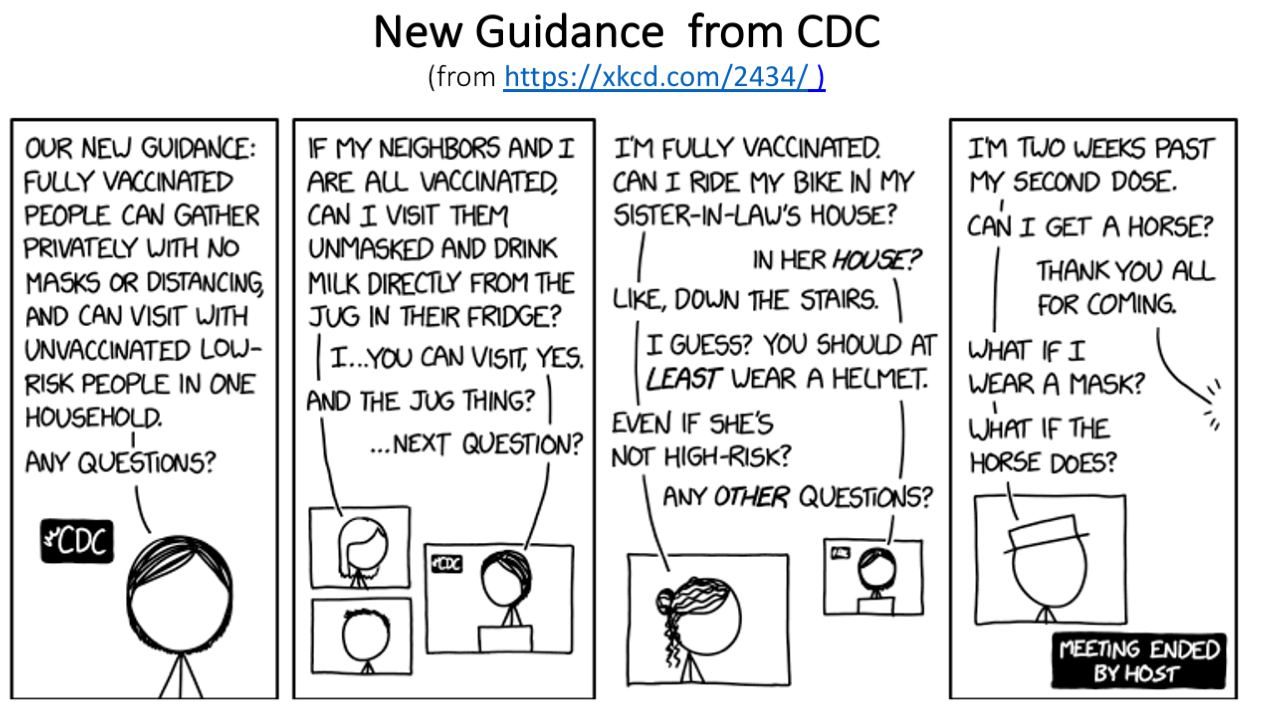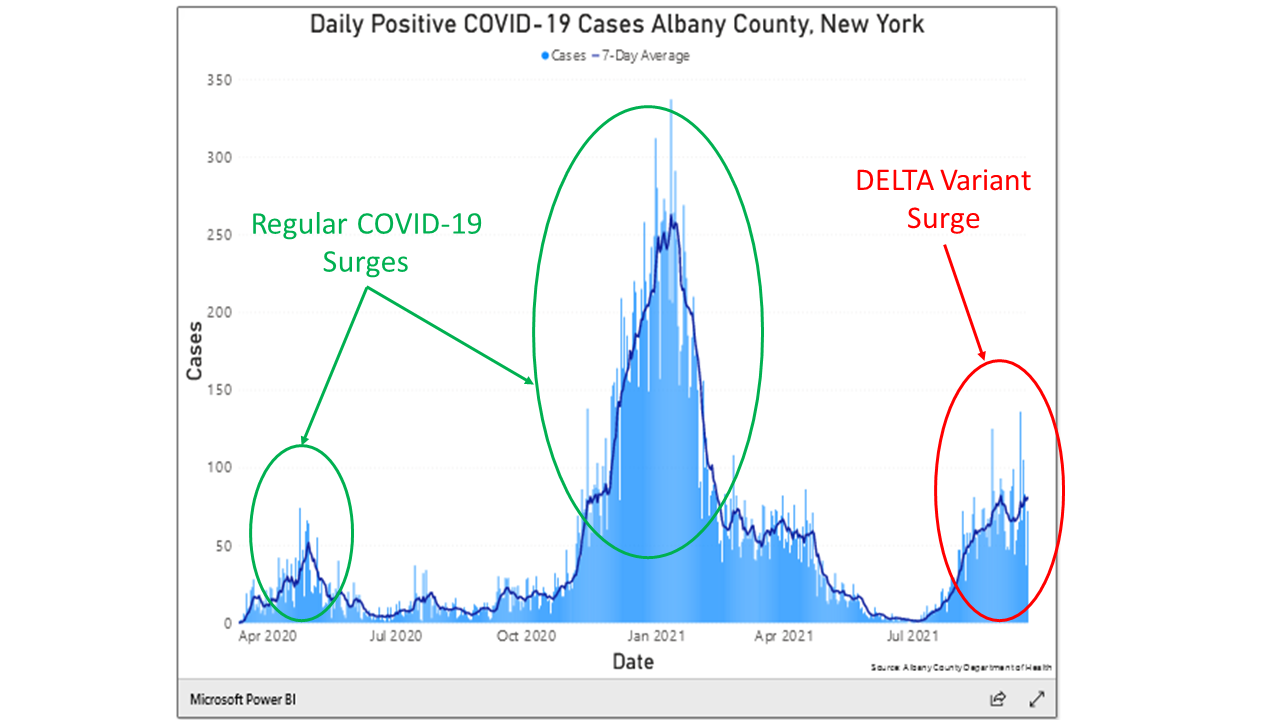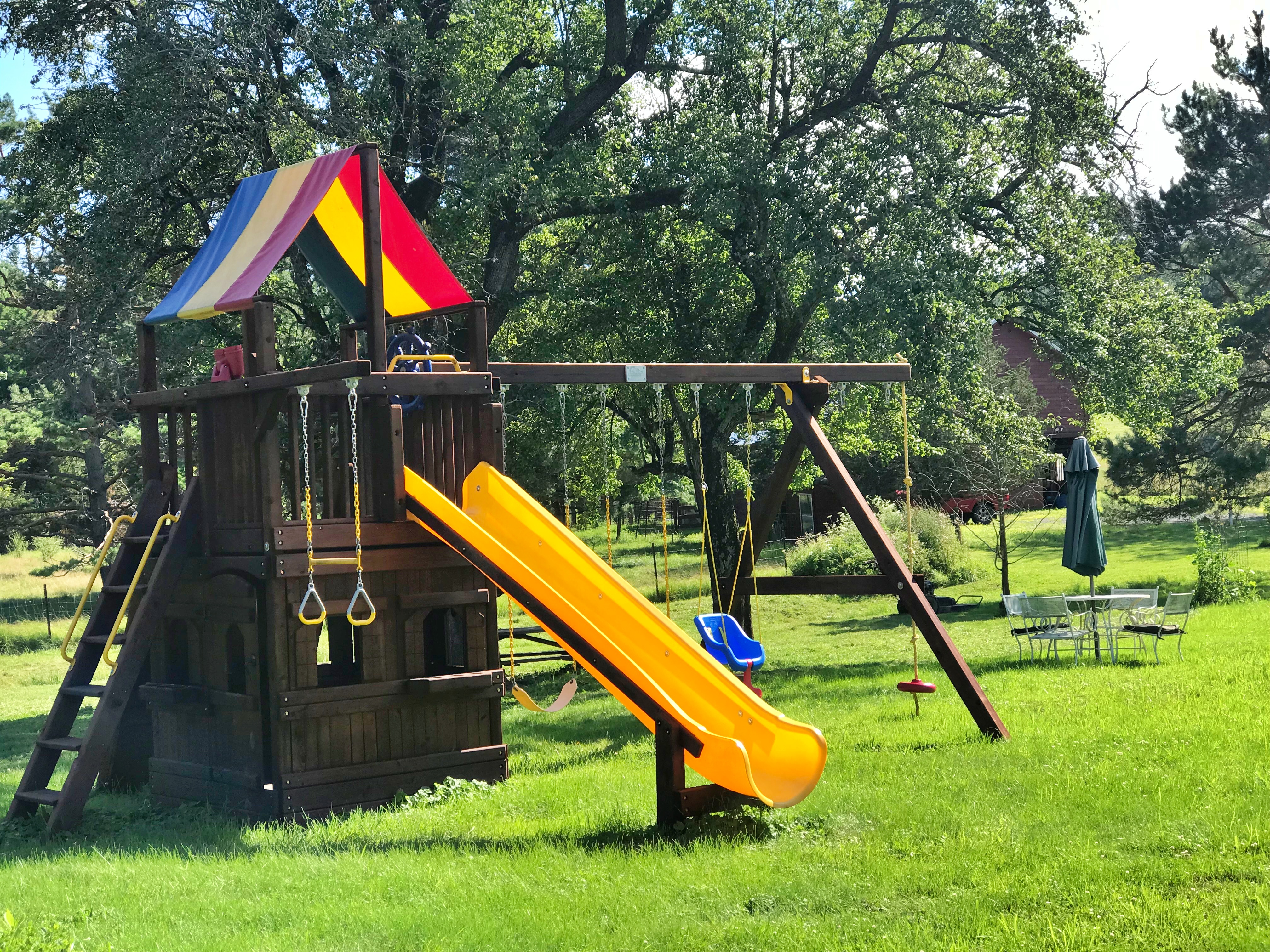Today started as absolutely the best day ever. We (Deborah and David) just returned from a wonderful month in Northampton, MA with our youngest daughter. She had given birth to her second son, our fifth grandchild. Everyone is healthy and well. While we were away, the builders working on the new addition to our house finished most of the interior painting and the new space is ready to move in. The spring weather is warm and inviting; it’s glorious to sit out on the new front porch. Most important, while we were away in Northampton, both of us completed the two-week waiting period after our second vaccination shot, making us now “fully vaccinated”. The CDC has announced that fully vaccinated adults can now gather in limited ways without masks, including sharing meals indoors in small groups.
To celebrate this glorious sense of new beginnings, today was the day for our first family gathering with David’s brother in over 14 months. We would share dinner on the new porch. Deborah cooked up a special recipe. The guests gathered. And then things got complicated. David had overlooked the fact that our three granddaughters, who live in in a shared bubble next door, are not fully vaccinated adults. That meant the family couldn’t all sit down together at one big table—even outdoors on the porch. The easy, familiar practices of serving and sharing a festive meal as in pre-COVID days were still not all allowed. On the other hand, those protocols that we developed over the past fourteen months didn’t entirely apply any more, either. Our lovely family dinner became a bit awkward and complicated: we all wanted to do the right thing, but weren’t quite sure what that might be.
Our daughter brought the group up to speed on the new protocol that their family was using—the “two out of three” rule. When interacting with fully vaccinated adults the girls have to apply two out of these three rules: (1) Wear a mask, (2) Keep 6 feet of social distance, (3) Stay outdoors. At any time when their children—David and Deborah’s grandchildren—are observing two of these three rules, so should we.
This “two of three” rule helped answer questions about how to hold the dinner. How to arrange seating, even though everybody was outdoors? What about using the bathroom? Our families have gotten good at describing and adhering to protocols over the past fourteen months, but on this glorious day it hadn’t occurred to us that we would still be constrained by protocols (even if modified by vaccine status). We just so much wanted to be free of all this protocol stuff.
Just to confirm how necessary the rules still were, David checked the Albany County Health department’s website for data on COVID-19 levels in the county. Alas, the number of active cases was still higher than it was one year earlier. A year ago everyone (well, almost everyone) was certain that we had to be totally cautious. In the New York Times’ daily update and assessment of this same data, Albany County was still classified as “Very High Risk”.
Today is still a great day. Vaccines are making a big difference. But Ali’s model and common sense remind us that shifts in our behavior, letting down our guard, can and will cause another surge. Our safety protocols can be loosened to allow us more ease and spontaneity, but we still need to adhere to them and to keep paying attention to the data.
This Story Has a Lesson
In Ali’s model, the pattern of repeating surges and remissions in numbers of infected persons has less to do with the biology of passing on the infection and more to do with changes in human behavior. In Ali’s model, the virus is a mathematically constant opportunistic agent that will take whatever opportunities that we give it to find new hosts. What changes to cause a surge and remission is our human behavior, not changes in what the virus is up to. We relax and the virus surges. We stay vigilant and the virus recedes. Until the vaccines become fully effective (which is not yet), we need to stick to our (now modified) protocols for interacting with each other.





